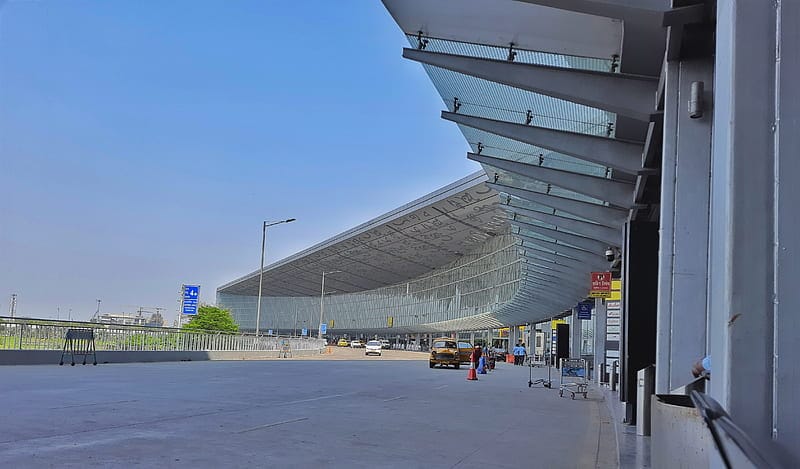In a remarkable development for India’s aviation sector, Kolkata’s Netaji Subhas Chandra Bose International Airport (NSCBIA) has posted a record profit, emerging as a key growth engine in the Airports Authority of India (AAI) network. This financial milestone not only reflects the airport’s efficient management and increasing passenger footfall but also plays a crucial role in the post-pandemic revival of India’s aviation infrastructure.
Record-Breaking Performance
For the financial year 2024–25, Kolkata Airport clocked its highest-ever net profit, thanks to a significant increase in both passenger traffic and cargo movement. This rebound has been fueled by:
- Surging domestic travel demand, especially to tier-2 and tier-3 cities in eastern India.
- Strategic international connectivity with Southeast Asia and the Middle East.
- Revamped services, digital ticketing, and enhanced airport amenities.
Sources within AAI suggest that Kolkata Airport has contributed a major share to the organization’s total revenues, outpacing several other major airports under AAI’s control.
Passenger and Cargo Boom
In FY 2024–25:
- Kolkata Airport handled over 24 million passengers, marking a sharp rise from the previous year.
- The cargo segment grew by nearly 18%, led by pharmaceutical exports, textiles, and e-commerce goods.
- The international passenger load factor rose to 85%, driven by increased flights to Bangkok, Dubai, and Dhaka.
Infrastructure and Innovation
Kolkata Airport’s turnaround is also a result of robust infrastructure upgrades and AI-driven traffic management systems. Key improvements include:
- Expansion of the domestic terminal to accommodate rising demand.
- Deployment of automated check-in and baggage handling systems.
- Introduction of e-gates and DigiYatra services for seamless travel.
- Plans to add a second runway and additional parking bays are in motion.
Driving AAI’s National Revival Strategy
While many airports under AAI continue to recover from the pandemic-induced slowdown, Kolkata’s success story offers a blueprint. As a cash-positive airport, it is now instrumental in:
- Cross-subsidizing loss-making airports in remote regions like the Northeast and Andaman & Nicobar Islands.
- Serving as a training and innovation hub for digital aviation solutions.
- Attracting foreign airlines and private investments for future expansions.
What Lies Ahead
Looking forward, Kolkata Airport aims to:
- Become a regional cargo hub for eastern India.
- Expand its direct connectivity to Europe and the USA.
- Enhance sustainability initiatives, including solar energy use and plastic-free terminals.
With these ambitious plans, NSCBIA is set to reinforce its status not just as a transportation hub, but also as a model airport for operational excellence within India.
Conclusion
Kolkata Airport’s record profit signals more than just financial success — it’s a testament to resilience, strategic foresight, and infrastructure efficiency. As AAI charts the future of Indian aviation, Kolkata stands tall, leading from the front in the network’s much-needed revival journey.

